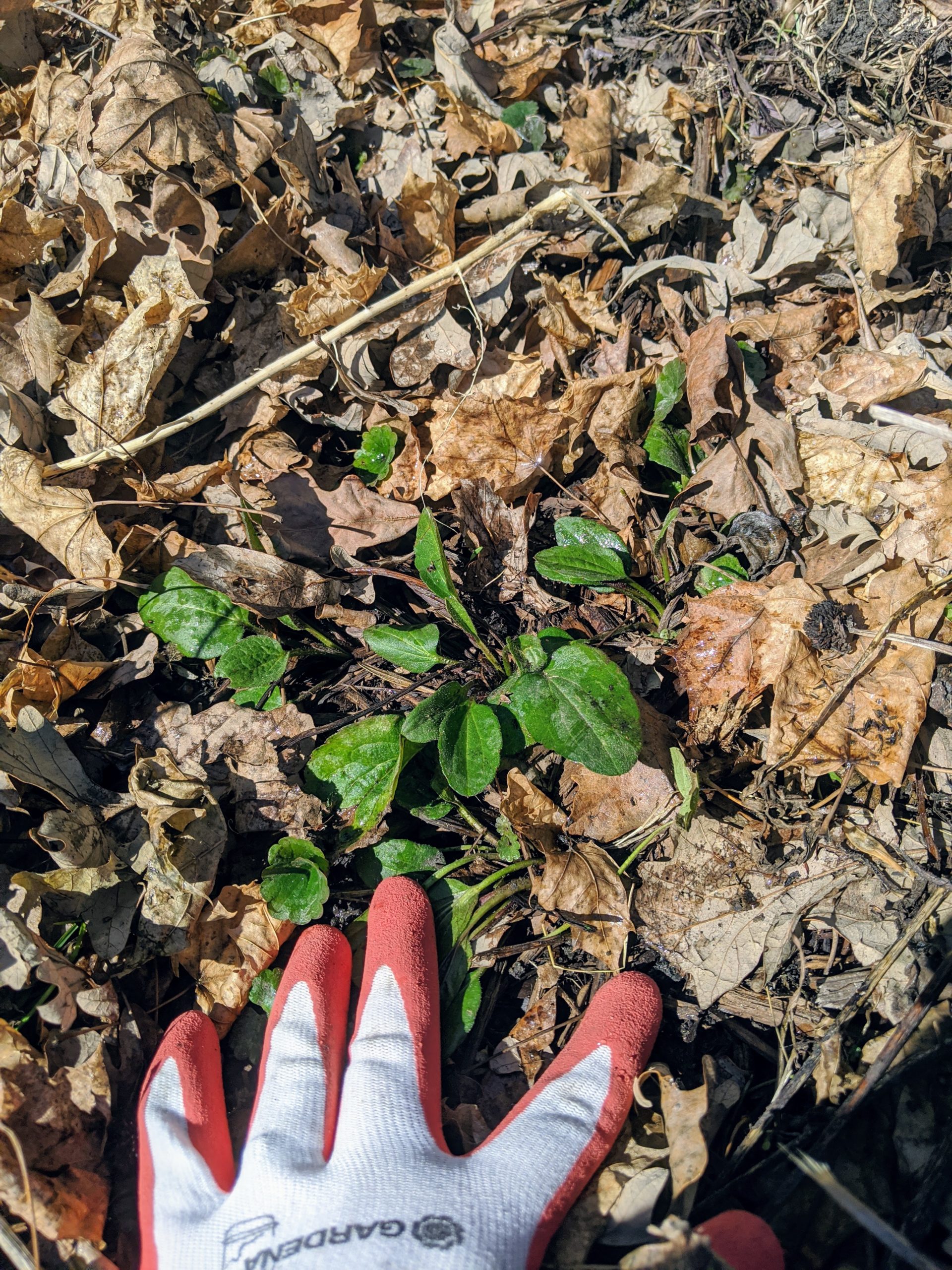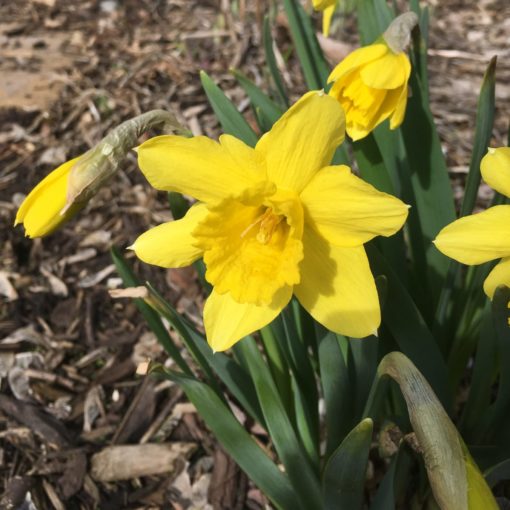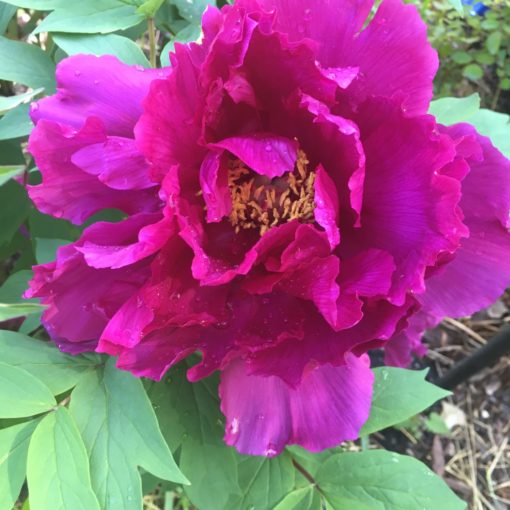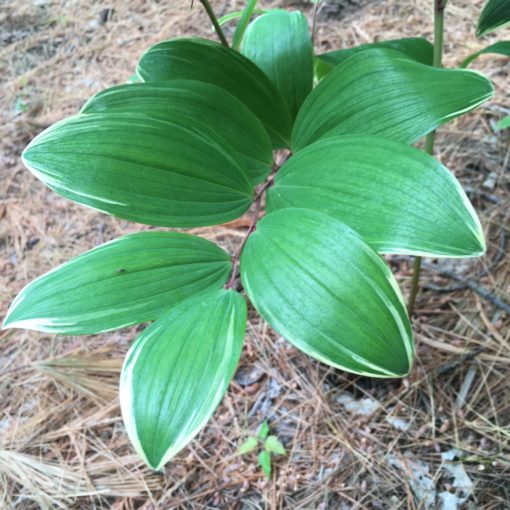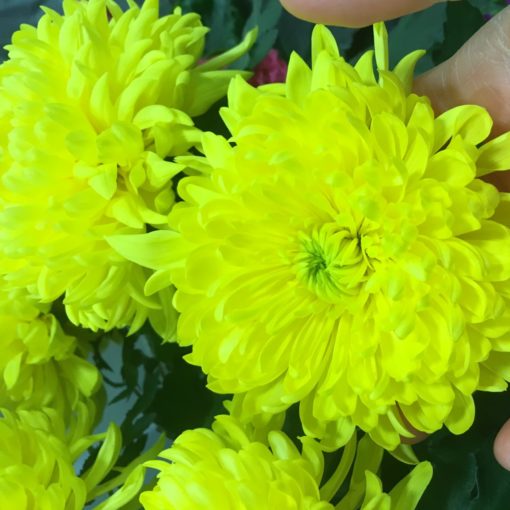When it comes to Spring Cleanup, there’s many tasks on the “to-do” list! It can be overwhelming. But by taking it one bed at a time, you can tackle them all and get your garden off to a great start!
Clearing debris that collects over the winter is a number one priority because it affects both the health and the aesthetics of the garden. Removing the spent foliage that may be left after the snow melts is important because it makes a difference with how quickly grasses sprout and fill in, as well as many ornamental groundcovers. Some plants are hardy enough to push through their leftovers from last year, but some ornamental perennials are less hardy than their originating species, and may need some help to maintain their beauty and resilience. Removing debris from the canopy of evergreen shrubs and trees is essential as the rotting of the debris over time produces heat and can damage the needles and branches as it decomposes.
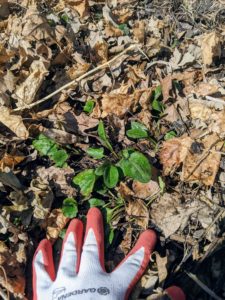
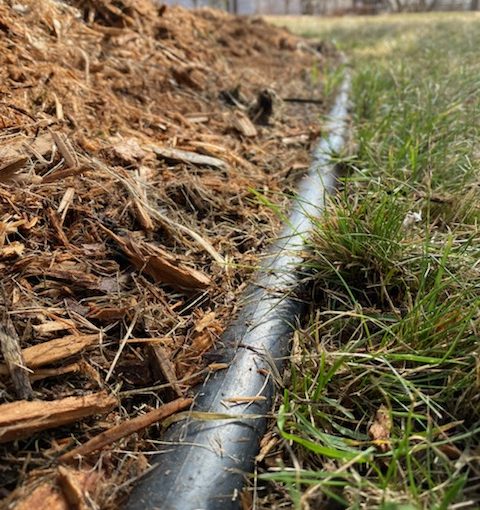
Cutting edges is a task that can be forgotten during spring cleanup in the home garden, but it pays dividends all season long. Cutting the edge helps deter turf grass from creeping into a bed, and ground covers from creeping out, while also providing a space for mulch to settle without eroding into the lawn or sidewalk. This creates a crisp, neat look that lasts all season! Read more about our “cutting edge” techniques here!
Early spring is a great opportunity to prune many varieties of shrubs and trees before they leaf out. Making thinning cuts, shaping, and heading back are all common practice for shrubs and trees in the spring, as it encourages new growth from the middle and base, and allows more light and airflow within the canopy. For those shrubs and trees that flower early, we wait until after their blooms have faded to begin pruning, but still take the opportunity to evaluate their shape and density, and then review those notes when we return to prune them later on.
Repairing and preventing winter damage from heaved plants, critter damage, or wind burn is also on the list of things to do during spring clean up! The notes we take at spring clean up help us determine what could use winter protection the following winter.
Weeding is always on the to-do list, especially getting ahead of seedlings when they are very small. Assessing mulch coverage before perennials leaf out is a great opportunity to see the majority of the garden space and calculate what's needed for good coverage throughout the season.
Assessing plant size and location, splitting and transplanting if needed. While sometimes the mature size of the plant is hard to determine from the dormant base, our detailed note taking from previous seasons help us to determine when and where splitting and transplanting needs to occur. Early splitting and moving means that plants have time to reestablish themselves before the heat of summer kicks in.
Looking for problem spots. Similar to mulch assessment, utilizing the early season to spot potential problem spots in the garden is a great opportunity to head off issues before they get worse. Noticing pest damage, correcting low spots, identifying areas that need redesign, and restorative pruning to prevent disease and pests are all things that may happen during spring cleanup.
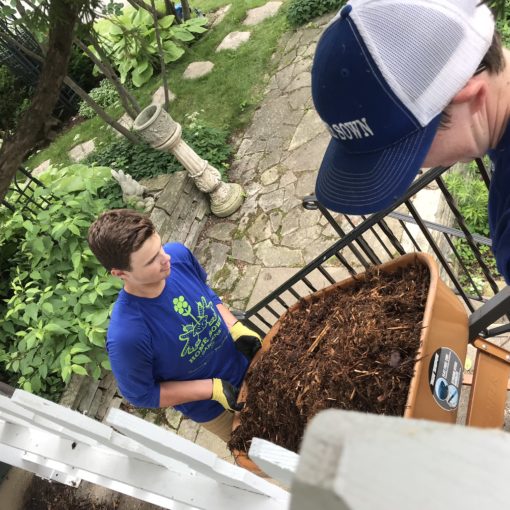
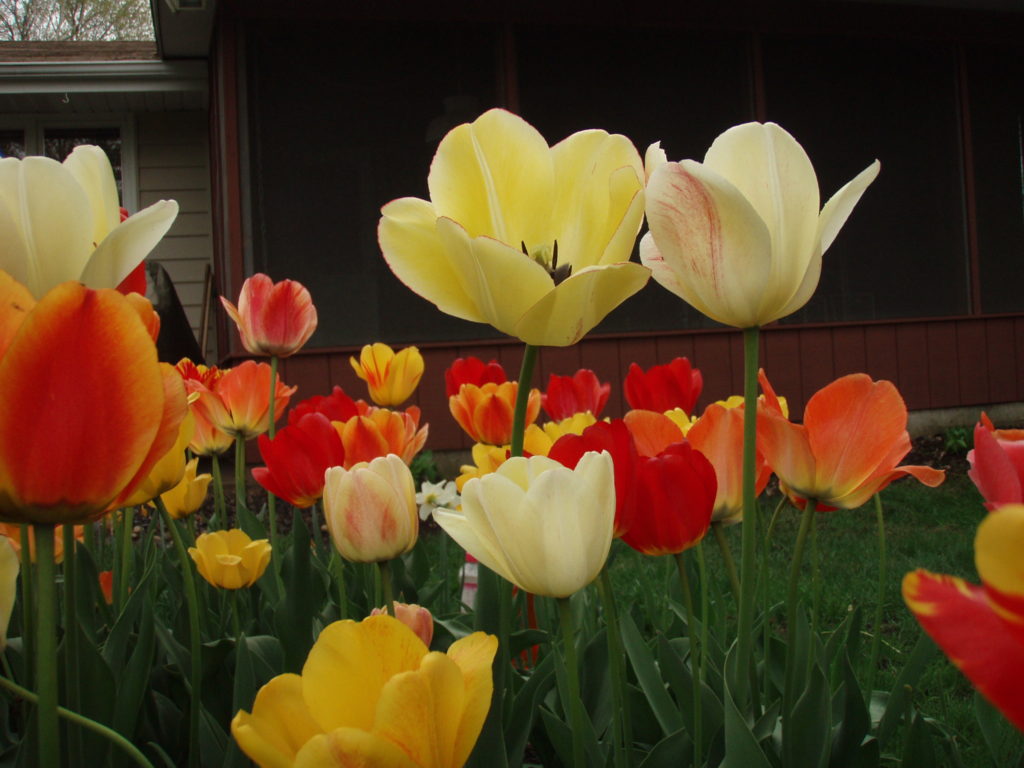
At every visit we want to be observing the events of the season. Early spring can be a time of electric pops of color from bulbs and spring ephemerals. But if the garden is looking monochromatic, with only green foliage as perennials prepare to bloom later, that's a sign that we could be adding and enhancing. By taking notes now, we can help create a plan for the fall to install bulbs that will bloom the following spring, as well as suggest redesigns or simple additions that extend the natural color wave all season long!
While the list is long, Spring Cleanups go fast as we race the warming weather and rain clouds to get everyone's gardens off to a great start for the season! All this preparation practically promises excellent performance!

